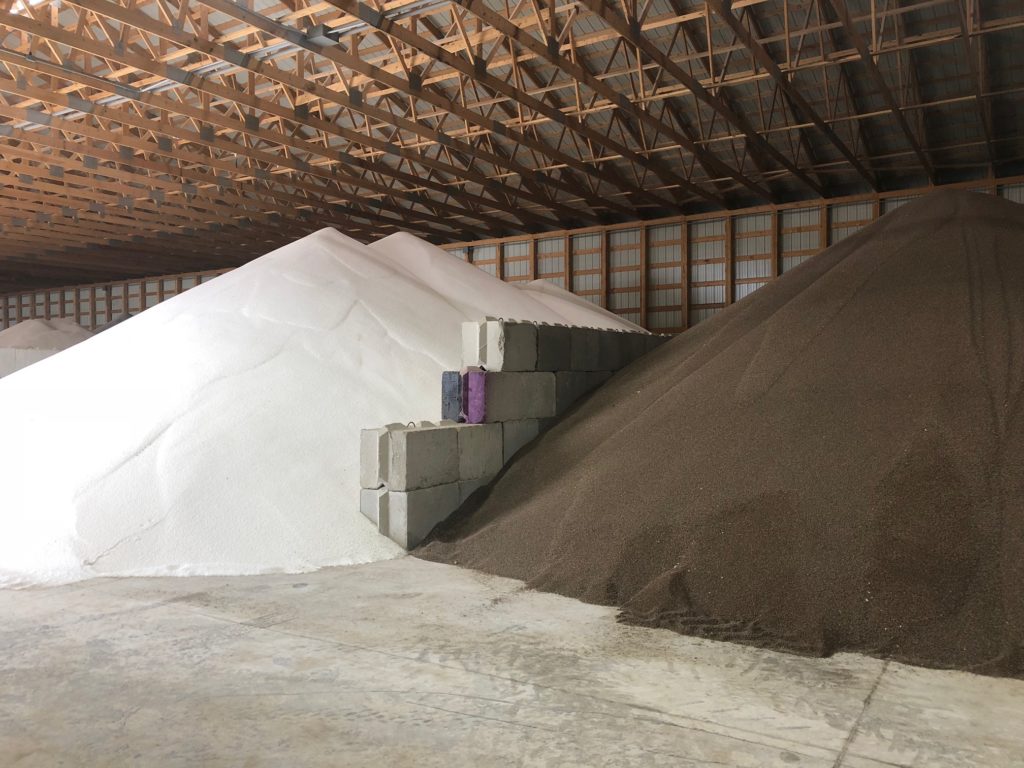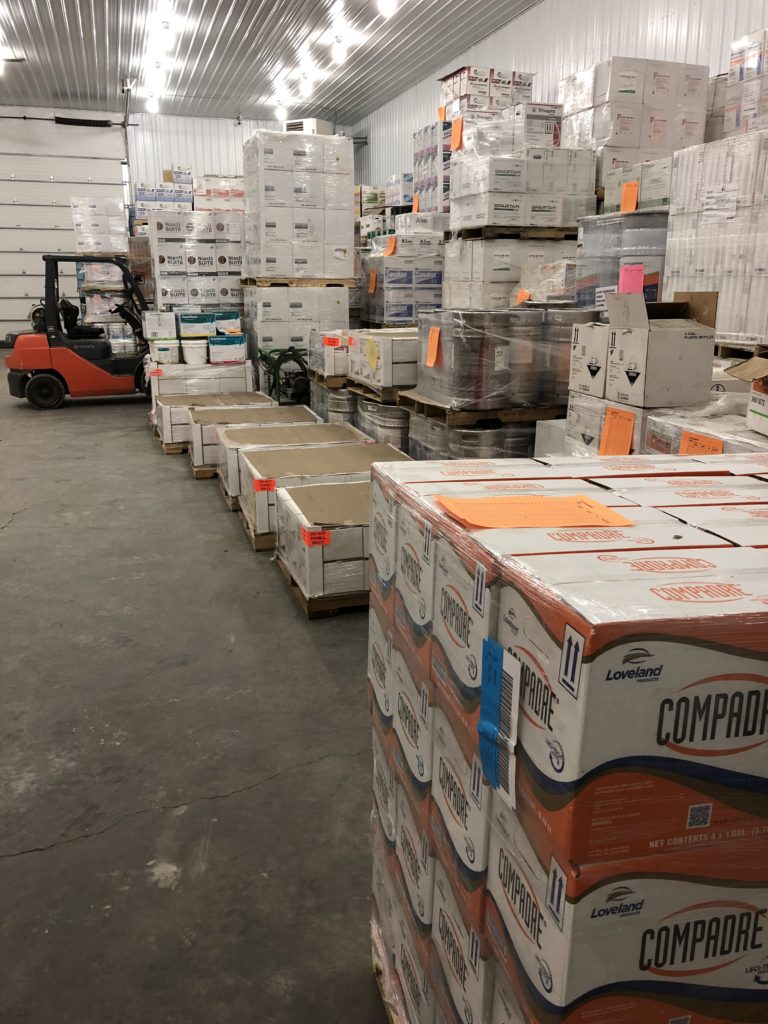

INDUSTRY UPDATE
A farmer’s best tool is information. With the farm show season in full swing, the KMOT Ag Expo kicks off this week in Minot and farmers will come equipped to quiz equipment dealers, agronomy centers, seed dealers, grain marketers, and all sorts of other industry reps on what they need to be doing on the farm to have the best year ever in 2022. Key topics will be fertilizer prices, chemical pricing and supply, and what new products are available this year.
FERTILIZER PRICES
Good news! One form of nitrogen fertilizer - urea - is down $200 per ton since December! This is excellent because most fertilizer prices are still sky-high, and farmers have been watching as the price has been steadily increasing since the spring of last year. However, there have been some positive signs of relief as of late. Specifically, prices of New Orleans based urea product dropped and that caused other manufacturers to reduce pricing as well. Some recent quotes were more than $100 per ton cheaper than prices quoted in our area in early January. Why is that happening? Josh Linville, Director of Fertilizer at StoneX Financial Inc., is a fertilizer market expert who watches nitrogen sources, among other fertilizers, like a hawk. He says, “Globally, the urea market is dealing with a bit of ‘quiet time’ which it never does well with. Demand has been dragging its feet and producers are worried about missing sales at current high prices/margins, so they are leaning into price offerings in an attempt to be "first in line" when demand comes.” If you have been holding out for the prices to go down, you should check with your fertilizer dealer as soon as possible to see if you can still get in on this price.
“Globally, the urea market is dealing with a bit of ‘quiet time’ which it never does well with.”
Josh Linville, International Fertilizer Market Analyst
However, you may ask, “Will that price continue to drop?” It could of course do that, but it is very hard to speculate on future fertilizer prices this year. Linville says, “In the U.S., the market is suffering from an ahead of schedule import lineup that it wasn't expecting. Imports from July thru November are almost double what they are normally during that period. This has created a situation where the U.S. market is flashing the ‘red lights’ to slow the pace.” In our area, several growers have been spreading risk and buying portions of what they will need along the way. Some will be bought at very high prices, but those same growers purchased at very low prices (comparatively) last fall. That practice is often easier said than done due to many factors that can complicate the process, like the availability of storage on the farm. These recent, lower prices require the farmer to take possession by the end of February.

AG CHEM PRICING AND SUPPLY
To date, we have been talking more about supply concerns than price concerns. Obviously, the two are tied together in many cases, but as time goes on, I believe that supply will be less of a concern and price hikes prior to spring’s work will be the big problem. Manufacturers -- the big companies like BASF, Bayer, Corteva (formerly Dow and DuPont), etc. -- are no longer locking in price to any of their retailer customers until it arrives at the door of the retailer. These large manufacturers have ceased to lock in price due to COVID excuses and other forces beyond their control. Therefore, ag retail shops cannot lock in price for the farmer like they used to. As much as this change is disappointing to farmers, the retailer simply cannot guarantee price until it is in house. In the last year, retailers have had companies (BASF, Bayer, etc.) promise a price to them prior to shipment and then only a day or two prior to taking delivery, the company raises the price. When it hits the warehouse floor, the retailer must pay that new, higher, price. This seems unfair, but all bets are off this year on chemical pricing.
The other major thing to consider is that farmers will have to change the way they think about generic products this year. Often, generics are cheaper than name brand products and retailers have a great supply of generic products. This year, however, generics are just as expensive as name brand products in almost every case across the board. So, if there is even a little rebate program out there on a name brand product, then it will be worth it to use that product to save some money. If retailers are flush with expensive generic products, they may try pass them off to the farmer. The farmer then may feel like they are getting the best deal because generics have traditionally been the better deal. However, it will be very important to do the research on rebate programs (or better yet have the retailer do the research for you!) to confirm the best price on the chemical.
NEW FOR ‘22
“Nitrogen-Fixers” is a buzz phrase that is new to 2022. Due to the high fertilizer prices, we are seeing a lot of big dollar advertising from new companies that claim that they can transform the way farmers use fertilizer. Of course, they also throw around the popular buzz word “sustainable.” The key to evaluating these products is consistent soil testing. These new companies offer nitrogen-fixing products that have prices that range from $5 to $30 per acre. For the farmers that did ample soil testing last fall, then they know the nitrate levels that currently exist, and they can dial in the exact amount of fertilizer they need to apply. If you are faced with a $30 per acre decision on a product, it is best to know your baseline nitrogen levels carried over from last growing season’s fertilizer application or carried over through organic matter. Simply stated, you will not know if your nitrogen-fixer worked if you don’t know where you started with nitrogen levels.
With recent drop in some fertilizer prices and products showing up in agronomy center warehouses earlier than normal, there are positive things ahead for 2022. Always prepare to ask the right questions and enjoy the ag show this week!